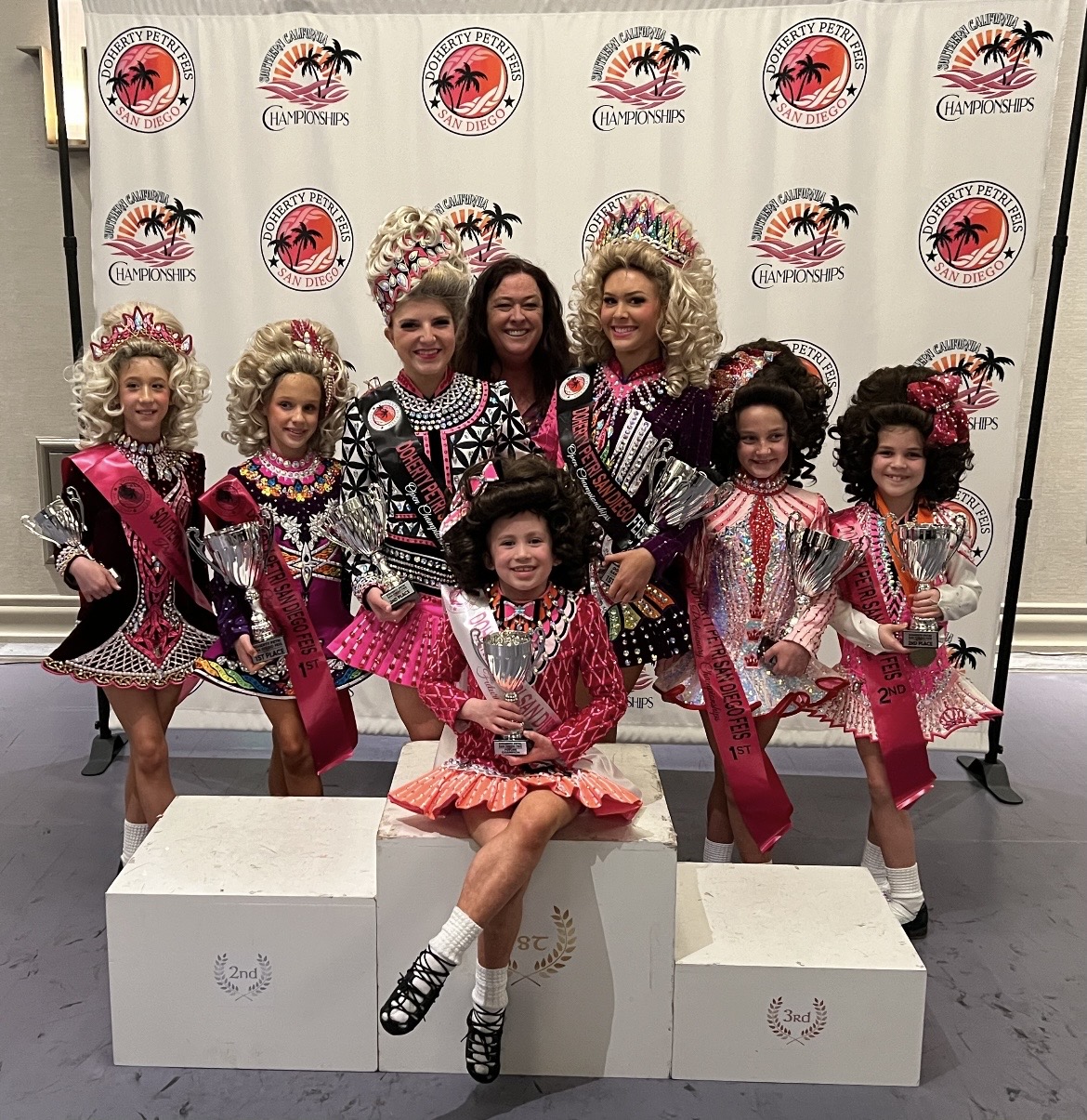Irish Dance Origins
When Michael Flatley’s feet thundered across the Eurovision stage in 1994, few could have predicted that this seven-minute Irish dancing intermission act would not only resurrect a centuries-old tradition, but propel it into stadiums worldwide. The rigid upper bodies and flying feet that once graced rural Irish churches now command global attention through viral TikTok videos, sold-out arena tours and competitions hosted across continents. Irish dance hasn’t merely survived modernization, it has flourished because of it, achieving unprecedented reach by embracing change while honoring its core identity.
It all started in the 18th century, when traveling “dance masters” visited towns in Ireland and taught the people living there how to Irish dance. They would lodge with local families and hold lessons in barns or churches, and their visits were highly anticipated. The fundamental steps the “dance masters” established centuries ago still remain intact today, forming the technical foundation upon which all subsequent innovations to Irish dance have been built.
Two centuries later, what had previously been a more loosely organized tradition developed a formal structure with the establishment of An Coimisiún Le Rincí Gaelacha (CLRG), the largest governing body for Irish dance worldwide. Created to establish a standard set of rules and regulations for competitive Irish dancing, this organization produced the first Irish dance teaching certifications and published official dance guides. Today, CLRG hosts major competitions such as the World Championships and sponsors local competitions, called feiseanna. The organization sets standards for teacher qualifications and competition regulations, including publishing a comprehensive Ceili book that contains all the dances that aspiring Irish dance teachers and judges must thoroughly master. These candidates must demonstrate their knowledge through a rigorous examination process before they can receive their teaching credentials.
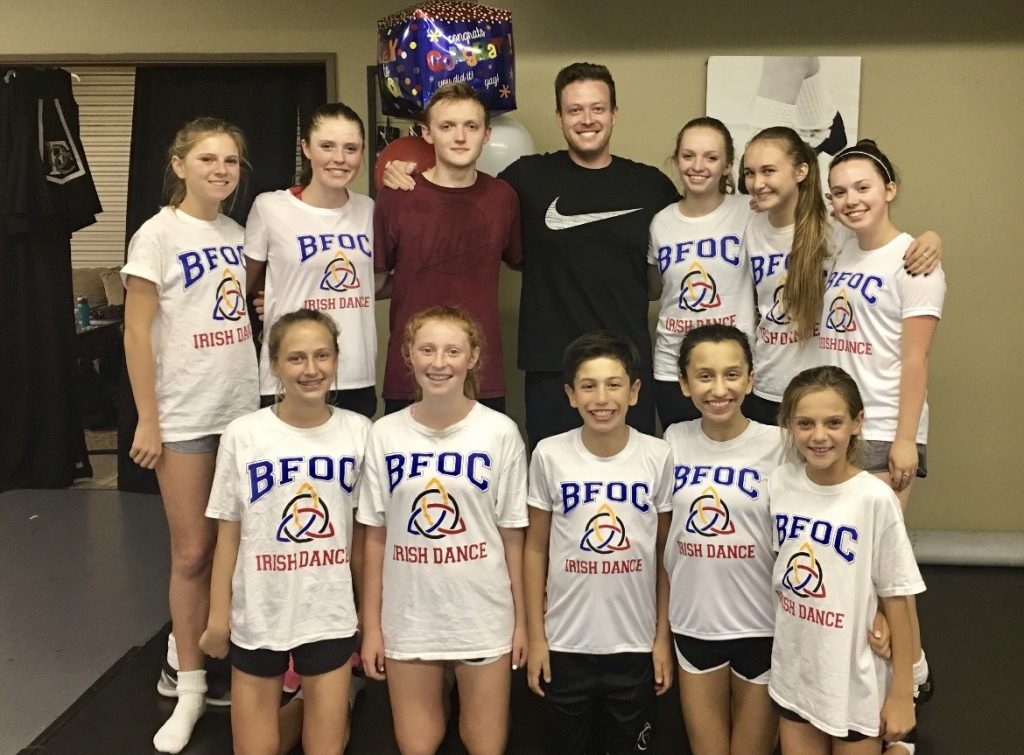
Sean Kennedy is an accredited Irish dance teacher and judge who completed each of his tests in the last decade. He explained that there are multiple portions included in the exams: a written portion, music portion, dancing portion and teaching portion.
“You have to know everything about that Ceili book,” he said. “It takes a few months to study for.”
The formalization of the CLRG’s policies created the organizational infrastructure that would later facilitate Irish dance’s global expansion.

Riverdance Revolution
In the late 1990s, shows like Riverdance and Lord of the Dance marked a watershed moment for Irish dance, transforming what was once a traditional cultural practice into an international performance phenomenon.
James Keegan is a creative director for Lord of the Dance and a former lead dancer in the show who now runs his own Irish dance studio in Manchester, England. As a creative director, he works on both the choreographic aspects of the show as well as the visual effects. With regard to the choreography, he said he wants the show to continue impressing audiences while maintaining the fundamentals of Irish dancing.
“The traditional elements that [are] preserved are all the basics that you would imagine […] the treble backs, the fast trebles, the side kicks, whatever it is,” he said.
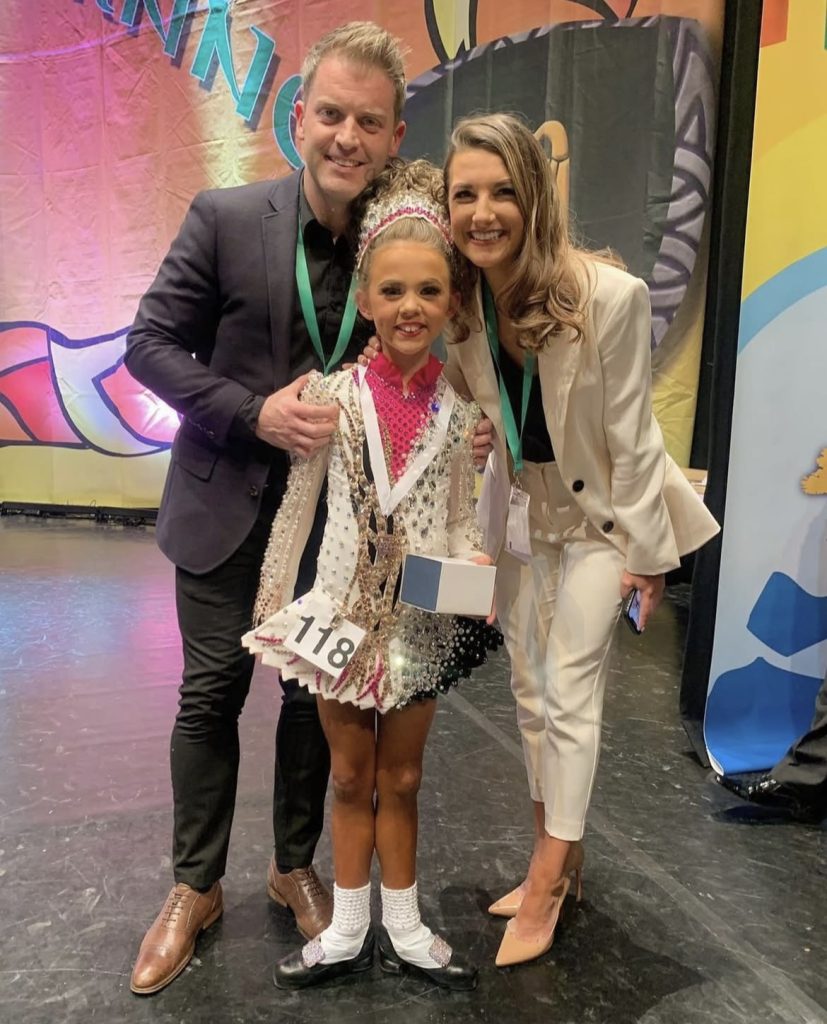

Keegan emphasized the importance of keeping the technical foundation of the dance form intact even as choreographers including the original Lord of the Dance lead Michael Flatley introduced innovations such as “multiple drop heels in the dance sequences which hadn’t really been done before.” Rather than replacing tradition, these innovations built upon it, adding what Keegan described as “more beats per minute or per second […] higher legs, and […] obviously the use of the arms.” Here, Keegan is referencing the fact that traditional Irish dance involves keeping one’s arms tightly anchored at the sides of the body. This fusion approach has allowed these shows to honor their roots while simultaneously evolving into a more dynamic and visually striking performance art.
The transformation of Irish dance into a stadium-filling spectacle has profoundly impacted participant retention, particularly among demographics that might otherwise have abandoned the tradition. Keegan, for example, talked about his experience as a young boy when Lord of the Dance first came onto the scene. He noted how difficult it was for him to envision a future in Irish dance while enduring bullying, name calling and social pressure, especially because boys still wore kilts in “the early days.” He said the emergence of professional touring shows provided crucial motivation for people like him.
“When Lord of the Dance came along, Michael [Flatley] came along, Riverdance, people could see this global phenomenon that was literally selling out stadiums,” Keegan said. “It was like a rock concert, doing Irish dance […] it gave you something to hold on to and something to aspire to.”
By elevating Irish dancers to the status of “rockstars,” these productions created powerful role models and legitimate career aspirations for young dancers who might otherwise have discontinued their training.
Roisin Cahalan is a former Riverdance lead dancer and the author of Complete Irish Dancer: Optimization of Health and Performance in Irish Dancers. She said that prior to the creation of Riverdance and Lord of the Dance, Irish dancers would only dance until they were about 20 to 22 years old. But the emergence of professional shows “elongated careers, people dance for longer at a higher level than ever before.” Beyond simply extending dance careers, these productions “created a professional genre of Irish dancers which was never available before.” This professionalization has been transformative, generating sustainable livelihoods through what Cahalan described as dozens of Irish dancing shows constantly touring that offer opportunities for young dancers to have a career in Irish dance.
The longevity of these productions defied initial expectations. Keegan explained that at their inception, people didn’t think that large Irish dance shows would survive past one to three years. Yet decades later, these flagship productions are celebrating milestone anniversaries: Riverdance is currently on its 30th anniversary tour and Lord of the Dance will embark on theirs next year. And the Irish dance performance landscape continues to expand.
“There’s more dance shows now, from what I can see, than there’s ever been touring the world,” Keegan said. “There’s little, small, big, medium-sized dance shows everywhere.”

This performance revolution has extended into the competitive dance world as well. According to Cahalan, professional shows “made things far more competitive and more serious and more professional […] in terms of the engagement by Irish dancing schools and parents and teachers.”
From Simple to Sparkle
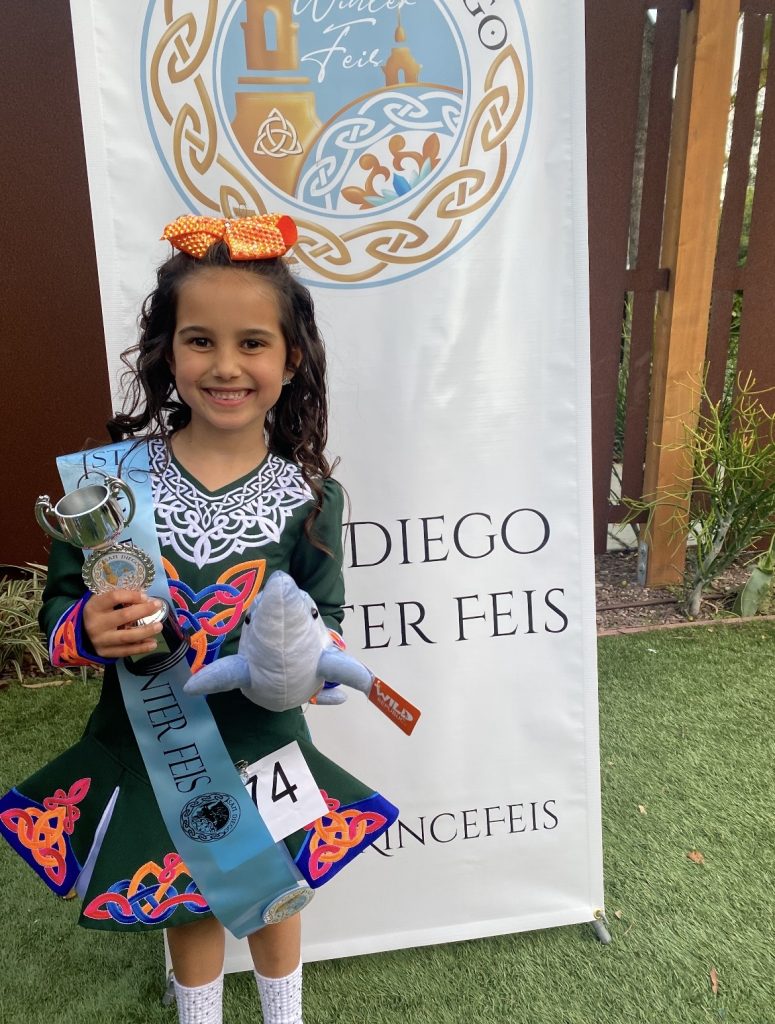
With that professional elevation has come perhaps the most visually apparent transformation in Irish dance: costuming. Cahalan traced this evolution from the early 20th century when “people danced in their Sunday best.”
“The dresses were wool and really heavy,” Cahalan said. “They were hand embroidered with really, really heavy shawls and lace collars.”
These weighted traditional costumes gradually gave way to more performance-oriented designs, with “more diamonds […] and different fabrics sneaking in” during the early 1990s, according to Cahalan.
For men, on the other hand, the nationalist influence on early costuming led to the adoption of kilts, even though, as Cahalan mentioned, “there’s no historical precedent; it’s very much a Scottish thing.”
Dancing Through Generations
Kate O’Connor, founder of the O’Connor-Kennedy School of Irish dance, has been dancing since she was a young girl and teaching for the last 29 years. The following video tells the story of her dance school and the generations of dancers it continues to inspire.
O’Connor said that when she started dancing, even the shoes and socks she wore were different than they are today. “We didn’t have bubble socks like they have now, we wore white socks,” she said. “Our hard shoes weren’t made of fiberglass, they were made of nails and wood.”
The most complete shift arrived with Riverdance, as did many changes within the dance form. Men abandoned kilts for trousers, inspired by “seeing guys dancing in black shirts and a black pair of trousers in the troupe,” according to Cahalan. Women’s costumes became “very, very short, very light, very bespoke, very expensive, very ornate,” she said.
But the visual transformation extends beyond just dresses and footwear; it also includes hair and makeup. Traditional Irish dancers from decades ago would wear their hair curly, even if that meant sleeping in rollers for multiple nights in a row. Today, giant curly wigs replace that practice – for better or for worse.
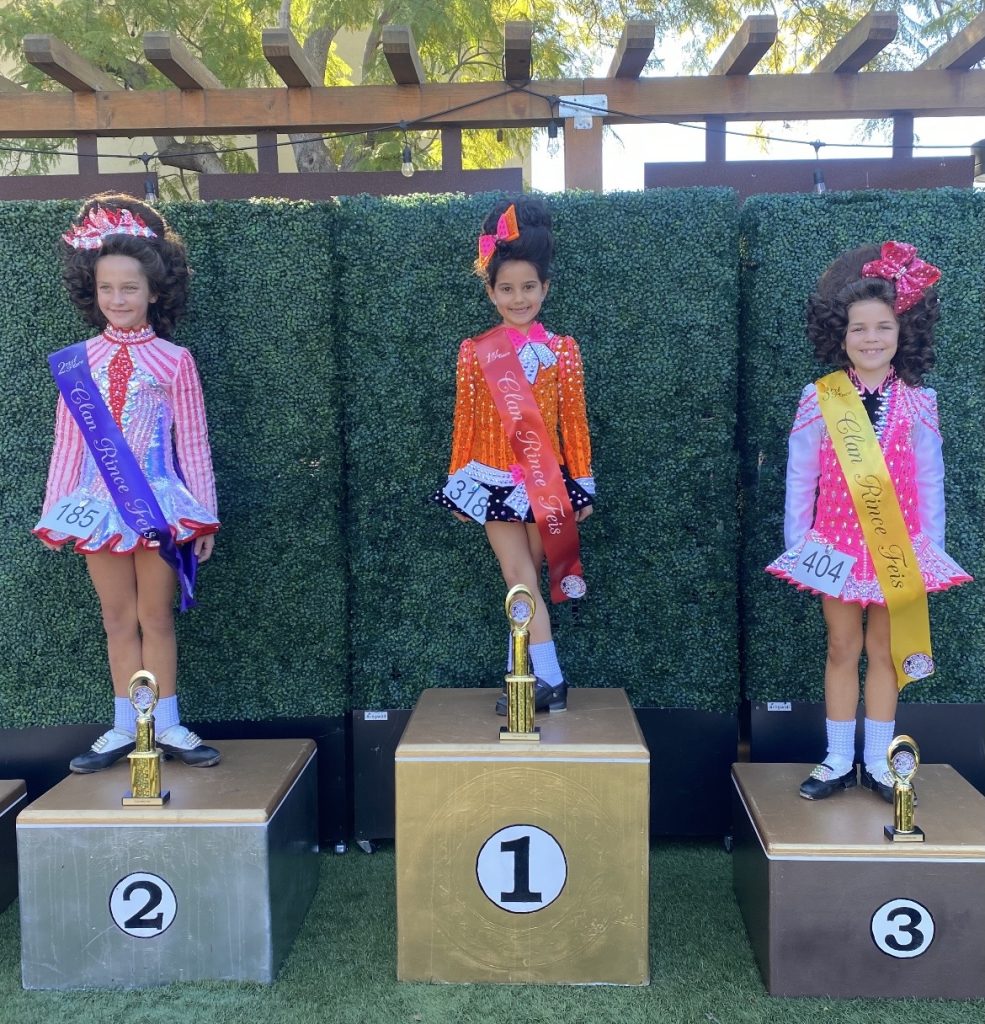
“I don’t have a problem with wigs because I hated rollers,” Cahalan said. “That being said, some of the wigs are outrageous and too big.”
Megan Kerrigan, an Irish dance fitness specialist and influencer agrees. “Everything gets bigger and bigger every time I turn up at a competition,” said Kerrigan.
Dance Technique
Despite extensive evolution in presentation, several defining technical characteristics have remained constant in competitive Irish dancing. Kerrigan identified one of these essential elements as keeping shoulders back and arms at a dancer’s side while the lower limbs do all the work. The distinctive posture of an Irish dancer – maintaining rigid upper body discipline while the feet perform intricate movements – continues to distinguish Irish dance from other dance forms.
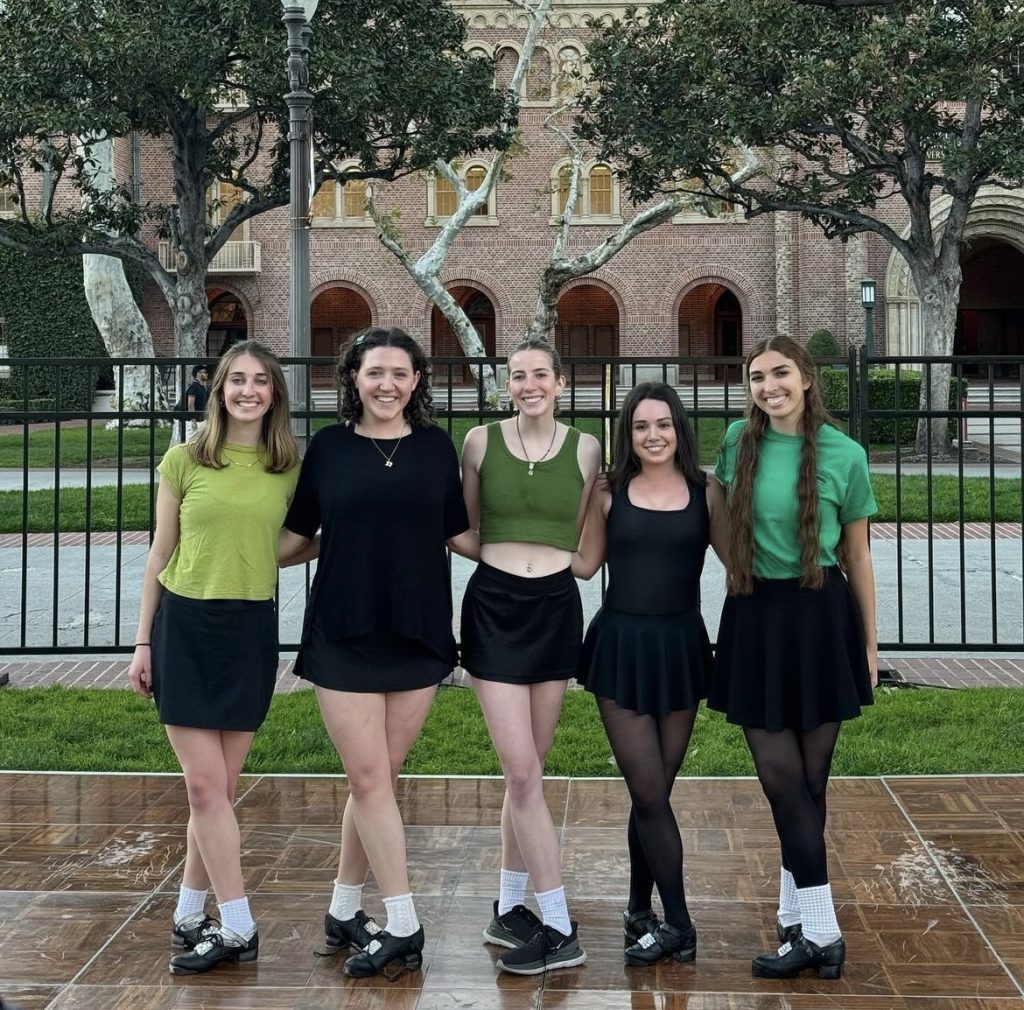
Cahalan noted some other integral characteristics of Irish dance: trebles (a specific tap sequence), crossed legs, turned out feet and pointed toes. She said these features have lasted over a century, connecting the contemporary practice to its historical origins.
While core elements like these persist, the overall technical execution of Irish dance has evolved dramatically, something Kerrigan noted through a generational comparison.
“I always laugh when my mom does her baby reel, or her easy reel; she bends her knees to do her one, two, threes,” Kerrigan said. “I used to find that hilarious when I was younger because now we straighten our legs, and if your leg is bent, it’s like you should go to prison almost in Irish dancing. So that in a generation of difference was a huge change.”
There’s a cyclical pattern of innovation at work here.
“Every now and then […] something traditional comes back,” Kerrigan said.” I suppose it’s kind of like fashion in a way, things come back around and people recycle old moves by maybe making them a little bit more fancy. But the inspiration is always from the root, and I think you can see that even still in the more advanced versions.”
This idea that new elements can be introduced while traditional movements simultaneously resurge creates an interesting interplay between innovation and preservation.
“One person might try something a bit creative […] and I think the acceptance of it is when other people try to replicate it,” Kerrigan said. “If a world champion or a great dancer gets up there and does something […] by the next feis, usually, most choreographers or dancing teachers have thrown that same move into their dances.”
Another significant choreographic change has been the increasing athletic demands that new moves require. Keegan noted that his world championship-winning choreography from 2002 would seem like “basic stuff, compared to what people are doing now.”
One reason for this is because competitive pressures have driven ever-increasing standards, particularly as dancers now work not only to win competitions, but also to qualify for professional shows.
“To do that, you had to be visible on the world stage, so you wanted to be succeeding competitively,” Cahalan said. “So people were training harder, introducing more novel moves, the level of athleticism, the level of choreographic difficulty increased.”

That meant that Irish dancers began cross training to build stamina and strength. O’Connor said it’s crucial for her students to engage in strength training outside of dance classes in order to maintain a competitive edge.
“It’s still an art form, but it has become much more athletic,” she said. “There’s outside personal trainers for those who want to be at the very top of their game.”
Digital Dance Coach
Because personal training isn’t accessible or affordable for all dancers, fitness influencers like Kerrigan have taken to social media to connect with the Irish dance community. The video below showcases some of her work.
Connected Culture
Social media’s impact on Irish dance has globalized the dance form in ways never before seen within the Irish dance community. Over the last few decades, dance schools have opened “in Uganda […] in Japan, all over the world, in places where they may never have even heard of Ireland prior to that,” Cahalan said.
In short, social media has made Irish dance more accessible to other cultures. What once required attendance at performances like Riverdance and Lord of the Dance can now be experienced through a simple social media feed scroll, and people have realized that you don’t need to have Irish heritage to be an Irish dancer. This inclusivity represents a critical “resurgence that Irish dance needs,” according to Cahalan, positioning it as not merely a cultural tradition but as an accessible sport and art form for practitioners from other backgrounds.
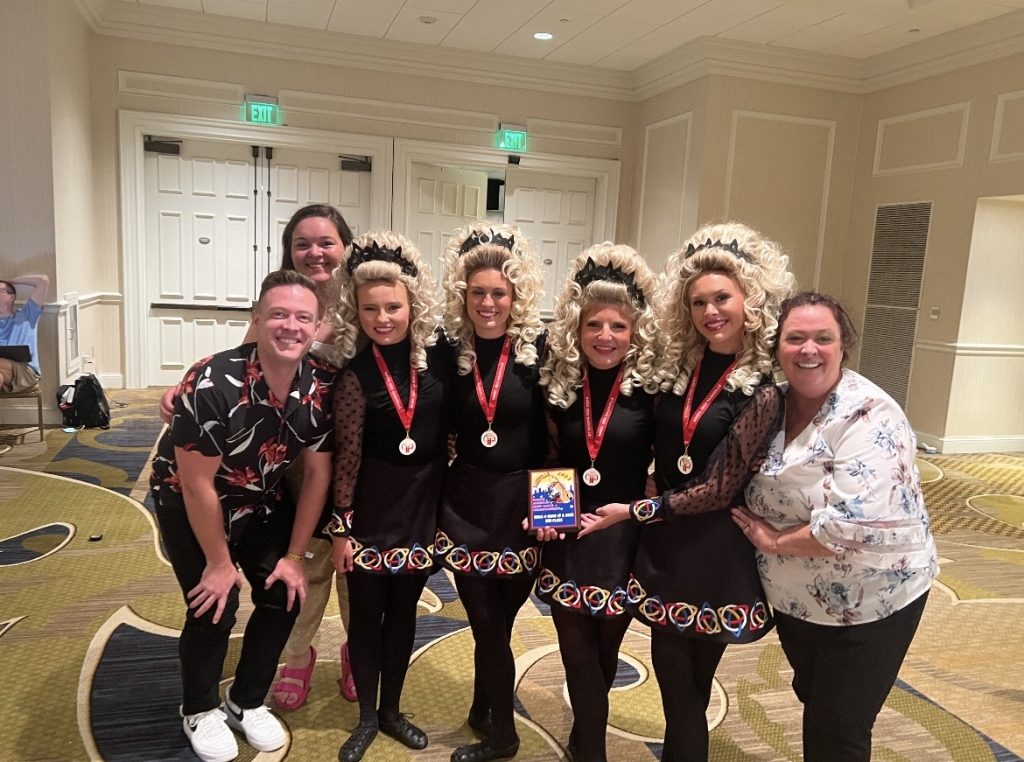
Kerrigan specifically noted that there’s a contrast between Irish dance in the United States as opposed to other parts of the world. For example, in the U.S., participation in Irish dance without Irish roots has been more normalized, but in the United Kingdom, the dance form is much more closely tied to Irish identity. Social media’s borderless nature has helped shift this paradigm, inviting diverse participants to engage with the tradition based on interest rather than ancestry.
Reel Celebrities
Some of the most viral Irish dance creators are the Gardiner Brothers, accumulating over 800 million views on social media. The following video displays their impact.
The ripple effect of social media extends far beyond just Irish dance itself, Cahalan explained.
“I think it’s shared our culture,” she said. “I think it’s made people more aware of Ireland and not just dancing, of the music, of the language, of sports as well.”
This comprehensive cultural exchange represents what Cahalan described as a multi-faceted opportunity with “not a single negative.” The global presence of Irish dance has created entrepreneurial pathways “for Irish people to go overseas and teach, or to create startups in their new communities, wherever they might live.”
She noted that this international reach and interest, fostered through social media exposure, serves two major purposes: business opportunities for Irish dance teachers and performers and a strengthened national identity for Ireland on the global stage.
As the world continues to turn to digitized forms of entertainment, traditional art forms often face the challenge of remaining relevant. Yet for Irish dance, the advent of social media has paradoxically served as a powerful catalyst for preservation and growth of the dance form.
“Social media is everything, right? It’s certainly done no harm for Irish dance, because people have more access to watching it,” said Keegan.
This digital accessibility has transformed how Irish dance is shared and perpetuated across both generations and geographic boundaries. Take the COVID-19 pandemic, for example. This marked a pivotal moment for Irish dance’s digital transformation because when traditional performance venues closed and competitions were canceled, dancers had to adapt.
“During COVID, we really saw a rise of younger dancers taking it upon themselves when they weren’t able to tour in these big dance shows to get creative,” Keegan said. “Get the sheet of plywood down and put it on the front drive.”
This grassroots innovation – dancers performing on makeshift stages, filming themselves and sharing their art online – revealed both the resilience of the tradition and its capacity to evolve.
“For something to survive and thrive, it needs to change and evolve, but it has to have strong roots and be an identifiable entity in and of itself,” Cahalan said. “We’re not ballet, we’re not tap, we’re not flamenco, we are Irish dancing. But Irish dancing, even in comparison to 20 years ago, is a different animal. So I think to change but remain identifiable is the hallmark of a flourishing, vibrant art form.”
As demonstrated through social media’s spotlight, professional show innovations and competition evolutions, Irish dance hasn’t only survived modernization, it has been revitalized by it. The shoulders remain held back, the arms stay rigid and the complex footwork still drums patterns established generations ago, yet the tradition pulses with contemporary energy. In the delicate balance between honoring roots and embracing growth, Irish dance offers a compelling model for cultural preservation in our rapidly changing world: not through resistance to change, but through purposeful adaptation.
Photo Credit #3, #4, #5 and #9: James Keegan
